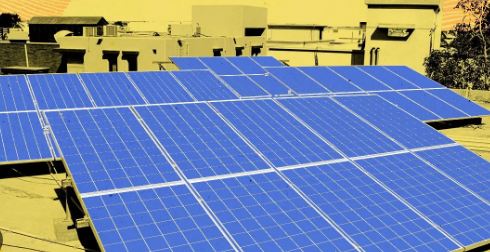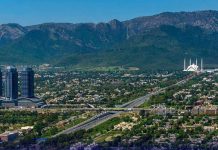ISLAMABAD: As Pakistan’s energy needs continue to grow, consumers have lots of choices in cutting-edge technology in advancing industrial and commercial solar solutions.
Known for higher energy yields, performance in low-light conditions, and durability, this advanced photovoltaic technology is becoming the preferred choice for large-scale applications across diverse industries.
A 202kW solar installation at an agribusiness facility in Kasur, completed earlier this year, produces 283,068 kWh annually with a performance ratio of 75%. This project demonstrates how the technology can reliably support energy-intensive operations in agriculture.
The growing adoption of this technology aligns with Pakistan’s push for renewable energy solutions to combat high electricity costs. The company’s modules, known for reduced degradation rates and increased longevity, provide businesses with a cost-effective means to offset operational expenses.
It recently announced a breakthrough in its technology with the introduction of i-TOPCon Ultra, achieving a record-breaking efficiency of 26.58% in laboratory conditions. The new modules promise up to 40W additional power output, offering enhanced energy efficiency and cost savings. These advancements are set to further boost the performance of Trinasolar’s Vertex N series, which already delivers superior results in high-temperature regions like Punjab.
The global photovoltaic market is increasingly recognising this technology as a standard-bearer for efficiency and scalability. Industry projections suggest that the market share for this modules will reach 80% of total shipments next year, with Trinasolar positioned as a leader in this transition.
Compared to traditional technology offers up to 1% higher cell efficiency and an additional 30W+ power output per module. This advantage allows users to generate more electricity per square foot, reducing the overall Levelized Cost of Energy (LCOE). In a typical 500kW commercial installation, upgrading from p-type modules to n-type modules can result in an additional 4,316 kWh of energy production monthly. This could save businesses around PKR 215,800 per month, demonstrating the economic viability of the technology.
In Lahore, a 1,000kW system installed at a healthcare facility will generate 1.39 million kWh annually upon completion later this month. This installation highlights the critical role solar power plays in ensuring sustainable energy for essential services. Similarly, another industrial site in Lahore relies on a 999kW system to deliver 1.35 million kWh annually, leveraging bifacial modules to optimise energy output for refrigeration needs.
A recent project in Karachi showcases the adaptability of this technology. A 423kW installation in an urban manufacturing facility, completed in November, will generate 612,815 kWh annually with a 76% performance ratio. This project exemplifies the capacity modules to meet the energy demands of diverse industrial applications.

















